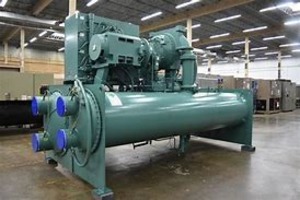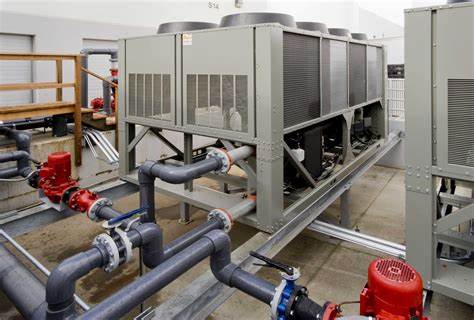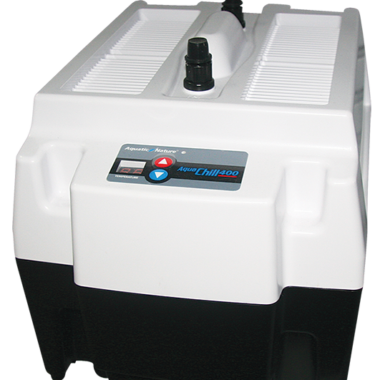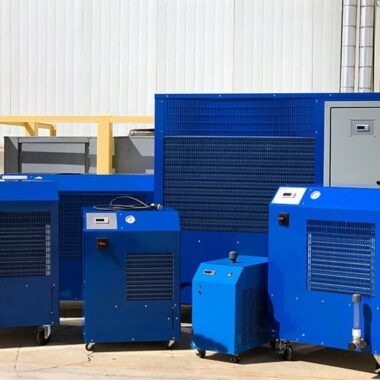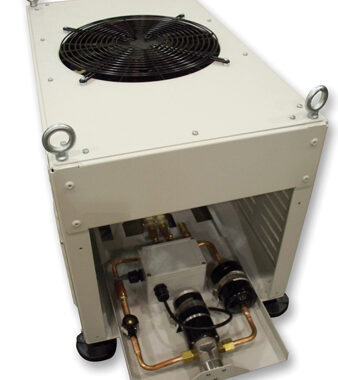Working Principles of Chillers
Working Principles of Chillers
Industrial chillers are basic in different businesses for cooling processes, gear, and spaces. They come in a few sorts, each suited for particular applications and operational requirements. Working Principles of Chillers : Here are the most types of industrial chillers:
1. Air-Cooled Chillers
Description:
Air-cooled chillers utilize encompassing air to dissipate heat from the refrigerant. They are ordinarily utilized in applications where water is rare or costly.
Features:
Heat Dissipation: Employments fans to move air over condenser coils.
Establishment: Easier and cheaper to introduce as they don’t require cooling towers or a water supply.
Maintenance: For the most part lower maintenance compared to water-cooled systems.
Applications:
- HVAC systems in buildings.
- Small to medium-sized industrial applications.
- Areas with limited water resources.
2. Water-Cooled Chillers
Description:
Water-cooled chillers utilize water from a cooling tower or other water source to dissipate heat from the refrigerant. They are more effective than air-cooled chillers, particularly for large cooling loads.
Features:
Heat Dissipation: Employments a cooling tower to reject heat.
Efficiency: More energy-efficient, especially in larger systems.
Establishment: Requires a solid water source and cooling tower infrastructure.
Applications:
- Large commercial buildings.
- Industrial processes with tall cooling requests.
- Environments where space imperatives limit air-cooled chiller utilize.
3. Evaporative Condensed Chillers
Description:
Evaporative condensed chillers combine components of both air-cooled and water-cooled systems. They utilize air and a mist of water to cool the refrigerant.
Features:
Heat Dissipation: Enhanced cooling through evaporation.
Effectiveness: Higher proficiency than standard air-cooled systems.
Water Utilize: Requires water, but less than traditional water-cooled systems.
Applications:
- Industrial forms requiring efficient cooling.
- Areas with moderate water availability.
- Retrofit applications where efficiency updates are needed.
4. Centrifugal Chillers
Description:
Centrifugal chillers utilize a centrifugal compressor to circulate refrigerant. They are regularly utilized for large cooling capacities.
Features:
Compressor Type: Centrifugal compressor for high capacity.
Proficiency: Profoundly efficient for large-scale cooling.
Capacity: Reasonable for exceptionally large cooling loads.
Applications:
- Huge industrial facilities.
- Locale cooling systems.
- High-rise buildings with extensive cooling needs.
5. Screw Chillers
Description:
Screw chillers utilize twin-screw compressors and are known for their efficiency and reliability.
Highlights:
Compressor Type: Twin-screw compressor.
Proficiency: Amazing efficiency over a wide run of working conditions.
Capacity: Appropriate for medium to large cooling loads.
Applications:
- Medium to expansive industrial processes.
- Commercial HVAC systems.
- Applications requiring exact temperature control.
6. Scroll Chillers
Description:
Scroll chillers utilize scroll compressors and are ordinarily utilized in small to medium-sized applications.
Features:
Compressor Type: Scroll compressor.
Effectiveness: Great effectiveness, especially for smaller loads.
Noise Levels: Low commotion and vibration levels.
Applications:
- Small to medium mechanical forms.
- Commercial buildings.
- Exactness cooling for electronics and restorative equipment.
7. Retention Chillers
Description:
Absorption chillers utilize a heat source (such as steam, hot water, or natural gas) rather than mechanical compression to circulate refrigerant.
Features:
Energy Source: Employments heat for cooling, lessening electrical utilization.
Effectiveness: Viable in utilizing waste heat.
Operation: Quiet operation with less moving parts.
Applications:
- Offices with waste heat or cogeneration systems.
- Locale cooling systems.
- Renewable energy applications utilizing solar or geothermal heat.
Conclusion
Choosing the correct sort of industrial chiller depends on different components counting cooling stack, energy productivity prerequisites, water accessibility, and space constraints. Understanding the highlights and applications of each chiller sort makes a difference in making an informed choice to meet specific cooling needs productively
